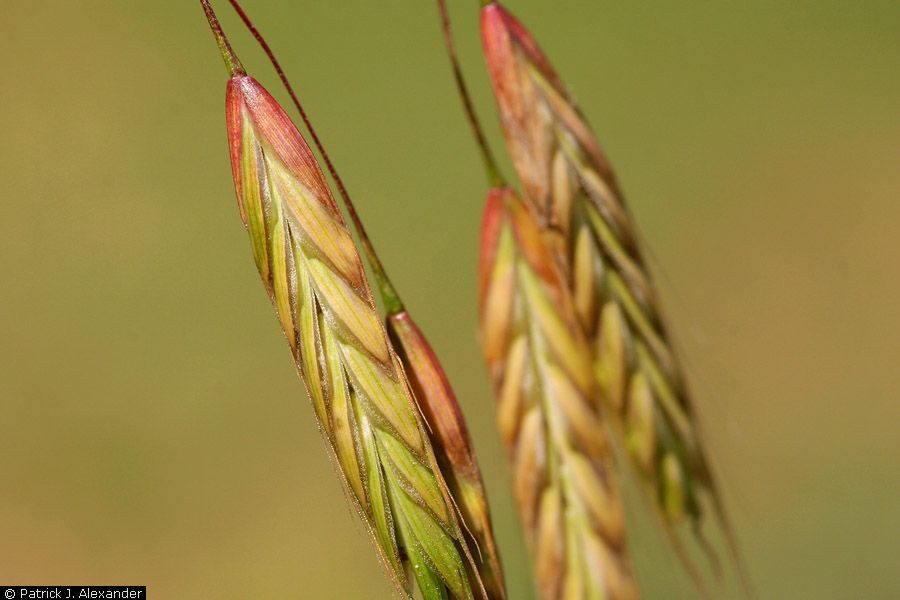Events
Science and management of wildfire, fish, and water resources in the western US
Webinar recording. Wildfire has increased 20-fold in the last 30 years in the Western U.S., partly due to climate change and partly due to forest and fire management practices. At the same time, many water resources are drying up. And fish populations throughout the western US are struggling due to water diversions, instream barriers, invasive…
Exploring the Interagency Fuel Treatment Decision Support System (IFTDSS)
Webinar recording. FTDSS is becoming a go-to tool for fuels planning across interagency partners. With its all-access web-based approach, IFTDSS makes fuels management planning accessible to fire practitioners at all levels. From viewing project areas on a user-friendly map interface to completing a full blown Quantitative Wildfire Risk Assessment, IFTDSS has something for everyone. IFTDSS…
Soil moisture 101: What it means, how it’s measured
Webinar recording. The National Integrated Drought Information System (NIDIS) and the National Weather Service (NWS) are pleased to host two webinars on soil moisture data and applications. The webinars are intended to help NWS operational forecasters, and other weather and climate service providers, to better understand soil moisture monitoring and its practical applications. This first…
Aviation Use Summary (AUS): Analytics to inform decisions and manage wildfire risk
Webinar recording. Presented by: Crystal Stonesifer Aircraft are important fire management tools, but their use can bring substantial costs and associated risks. We developed the Aviation Use Summary (AUS), which is a decision support framework to help track the location, timing, and amount of aircraft use in fire suppression; this information is presented in a way…
Forest Health in Oregon 2022: State of the State
Virtual conference proceedings. The Forest Health in Oregon: State of the State conference occurs every-other-year and is meant to summarize forest health issues in Oregon and the Pacific Northwest. The focus is on major forest insect and pathogen activity and emerging issues, as well as weather phenomena such as drought and heat waves, and of…
Modern approach to quantifying ungulate carrying capacity
Webinar recording. Presented by: Matt Reeves Estimating the number of animals that can be sustainably supported depends on numerous factors such as forage quantities, terrain, distance from water, and the type of vegetation being considered. Historically most approaches to conducting capacity estimates were limited by a paucity of spatially explicit data describing these factors. However, recent advances…
Native Seed in Restoration Virtual Workshop- Recordings Available
Workshop recordings. Description: The workshop aims to bring together experts working in seed-based restoration around the world to discuss key elements of the native seed supply chain. This event is organized in conjunction with INSR, BLM, SER, TNC, and with assistance from the Great Basin Fire Science Exchange. This workshop has been approved for continuing…
NASA System-Wide Safety Wildland Firefighting Operations Virtual Workshop
Workshop recordings. The aim of this workshop is to better understand how NASA and community expertise can be leveraged in the development of systems that monitor, assess, mitigate, and assure safety concerns of dynamic operations in challenging work environments. The primary goals are to: Identify and prioritize top safety-oriented risks, gaps in capabilities, and emerging…
OBIWAN app: Estimating property-level carbon storage using NASA’s GEDI Lidar
Webinar recording. Presented by: Sean Healey and Zhiqiang Yang Forest managers increasingly require statistically grounded estimates of forest carbon storage at the resolution of individual ownerships (a few thousand acres). Carbon offset markets and general recognition of climate change mitigation as an ecosystem service provide incentive for monitoring carbon, but stand exams are costly, and varying methods may reduce…
Basic identification of grasses: A 2-day short course
The Basic Identification of Grasses two-day short course covers the unique taxonomy of about 50 different grasses and grass-like plant genera. This class is for beginner through intermediate agrostologists and will include basic terminology, dissection, and use of a dichotomous key for identification. You will also learn how to collect and press grasses for future…





